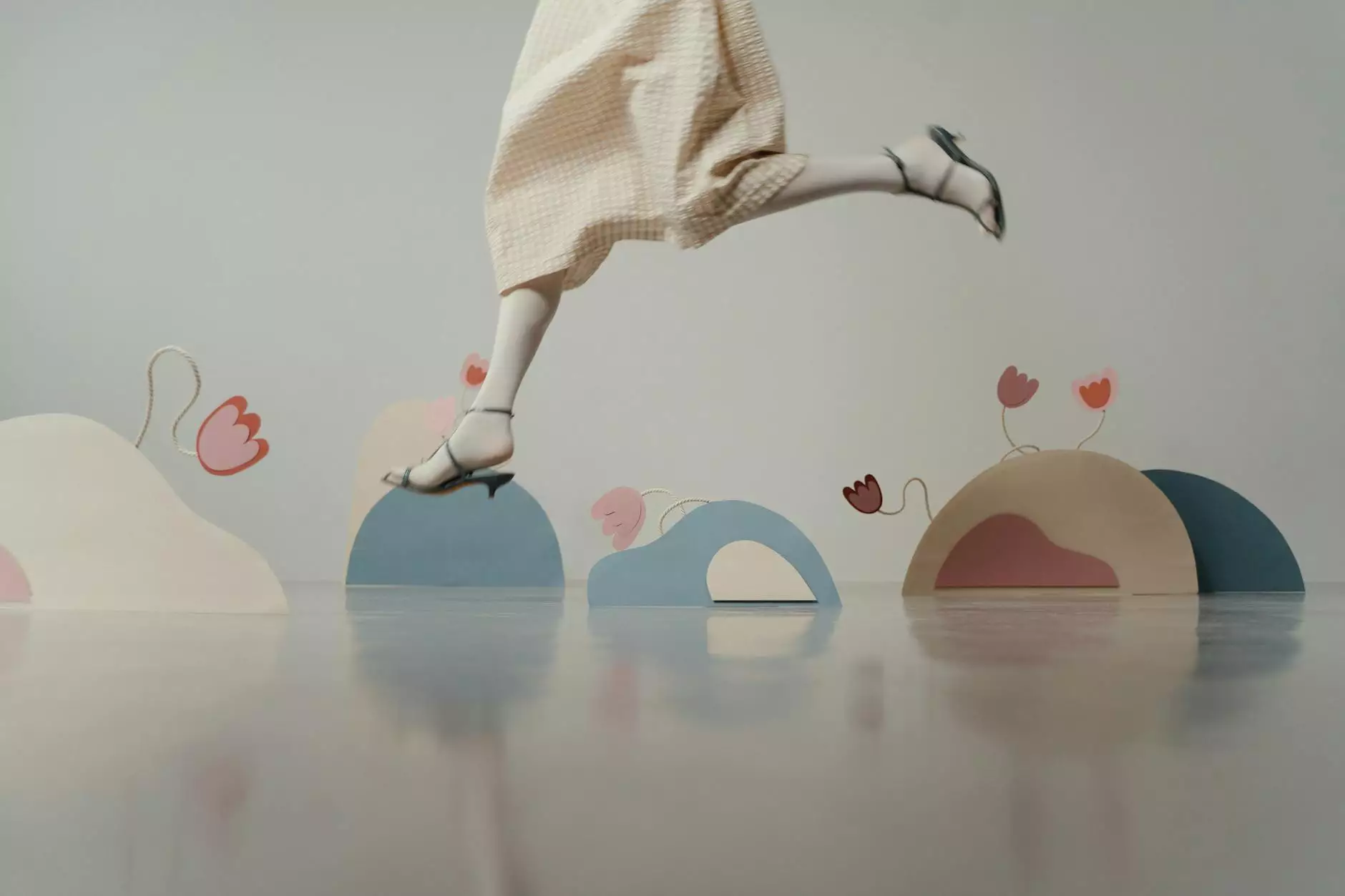The Allure of European Furniture

European furniture has long been synonymous with elegance, style, and timeless craftsmanship. From the intricate designs of Baroque and Rococo to the sleek lines of modern Scandinavian aesthetics, European furniture offers a vast range of styles that cater to varying tastes. In this article, we will delve into the rich heritage of European furniture, exploring its history, diverse styles, materials, and how to incorporate these exquisite pieces into your home decor.
The Rich History of European Furniture
To truly appreciate the significance of European furniture, one must explore its historical context. Furniture design in Europe has evolved over centuries, influenced by cultural movements, artistic revolutions, and historical events.
The Renaissance and Baroque Periods
The Renaissance, beginning in the 14th century, sparked a renewed interest in art and architecture, which profoundly influenced furniture design. During this period, furniture became more than just functional; it was an expression of wealth and status. Baroque furniture, characterized by grandiosity and elaborate detailing, emerged in the 17th century, showcasing intricate carvings and luxurious materials such as walnut and gold leaf.
The Neoclassical Era
As Europe moved into the 18th century, the Neoclassical movement arose, reflecting a return to the clarity and simplicity of ancient Greek and Roman designs. This led to the creation of elegant pieces with clean lines, muted colors, and an emphasis on balance and proportion. Think of the exquisite pieces crafted by renowned furniture makers like Thomas Chippendale.
The Industrial Revolution
The Industrial Revolution in the 19th century revolutionized furniture production, making it more accessible to the masses. While mass production took center stage, artisans continued to create bespoke pieces that showcased the artistry of European furniture. This era marked the beginning of modern styles, including Arts and Crafts and Art Nouveau, which emphasized handcrafted quality and organic forms.
One of the most compelling aspects of European furniture is its incredible diversity. Each country has developed its unique styles, influenced by regional cultures, climate, and historical context.
Italian Furniture
Italian furniture is renowned for its sophistication and luxurious aesthetic. From the ornate styles of the Renaissance to the minimalist designs of contemporary Italian designers, this furniture often features rich woods, intricate inlays, and sumptuous fabrics.
- Classic Italian Design: Known for its opulence, often incorporating gold leaf and velvet.
- Modern Italian Design: Characterized by sleek lines, innovative materials, and functional forms.
French Furniture
French furniture embodies elegance and romance. French styles often draw inspiration from the monarchy, resulting in furniture that is both stylish and functional. Notable styles include Louis XIV, Louis XV, and Louis XVI.
- Louis XIV: Features bold proportions and elaborate carvings.
- Louis XV: Known for its curvilinear forms and floral motifs.
Scandinavian Furniture
Famous for its minimalist aesthetic, Scandinavian furniture is designed to be functional yet beautiful. Emphasizing simplicity and natural materials, this style fits seamlessly into modern living spaces.
- Light Woods: Often uses materials like beech and pine.
- Functional Design: Prioritizes usability without sacrificing aesthetics.
The Craftsmanship Behind European Furniture
The craftsmanship involved in creating European furniture is nothing short of remarkable. Each piece represents hours of meticulous work by skilled artisans who blend traditional techniques with modern innovations.
Materials Used in European Furniture
High-quality materials are a hallmark of European furniture. The choice of wood, upholstery, and finishes significantly contributes to the overall aesthetic and durability of the pieces. Here are some common materials:
- Hardwoods: Oak, walnut, mahogany, and cherry are often used for their strength and beauty.
- Upholstery Fabrics: Luxurious fabrics like silk, velvet, and linen are common choices, adding texture and comfort.
- Metals: Iron, brass, and bronze may be utilized for accents and structural elements.
Traditional Craft Techniques
Many European furniture makers still rely on time-honored techniques passed down through generations. These methods include:
- Joinery: Techniques such as dovetail and mortise-and-tenon joints ensure strong, durable construction.
- Carving and Inlay: Artisans often use intricate carving and inlay work to create visually stunning details.
- Finishing: Hand-applied finishes enhance the natural beauty of the wood while protecting it.
How to Incorporate European Furniture into Your Decor
Integrating European furniture into your home decor can transform a space, adding elegance and character. Here are some tips on how to seamlessly blend these exquisite pieces into your interior design:
Consider Proportion and Scale
When selecting European furniture, keep in mind the proportions of your space. Larger pieces, like a classical French armoire, may dominate a small room, while a sleek Scandinavian chair would fit perfectly in a minimalist design.
Mix and Match Styles
Don’t hesitate to mix different European styles! A contemporary Italian sofa can harmonize beautifully with vintage French side tables, creating an eclectic yet cohesive look.
Choose a Focal Point
A stunning piece of European furniture can serve as the focal point of a room. Consider placing a striking Italian dining table at the center of your dining area or a beautifully crafted French bed in your bedroom. The right piece can set the tone for the entire space.
Finding Quality European Furniture
When searching for authentic European furniture, quality is paramount. Here are some tips to ensure you’re choosing well-crafted pieces:
- Research Reputable Dealers: Look for established furniture stores or online retailers known for authentic European designs, such as iqmatics.com.
- Check Construction Quality: Ensure that pieces are well-constructed. Inspect joints, finishes, and materials to gauge quality.
- Look for Authenticity: Seek out labels or documentation that certify the pieces are indeed European and made by reputable artisans.
The Future of European Furniture Design
As we look toward the future, European furniture design continues to evolve, balancing tradition with innovation. Designers are increasingly focusing on sustainability, using eco-friendly materials and processes to create beautiful pieces that are also environmentally conscious.
Emphasis on Sustainable Practices
In response to growing environmental concerns, many European furniture makers are prioritizing sustainable practices. This includes sourcing wood from responsibly managed forests, using non-toxic finishes, and minimizing waste in the production process.
Incorporating Technology
Modern technology is also influencing furniture design. Innovative techniques such as CNC machining allow for precision and creativity in design, enabling artisans to push the boundaries of traditional craftsmanship while maintaining high standards of quality.
Conclusion
In conclusion, European furniture is more than just functional décor; it is an embodiment of history, culture, and artistry. With its rich diversity of styles, exceptional craftsmanship, and ability to enhance any living space, investing in quality European furniture is a choice that pays off in beauty and longevity. Whether you’re remodeling your home or simply looking to add a touch of elegance, consider the timeless appeal of European furniture.









